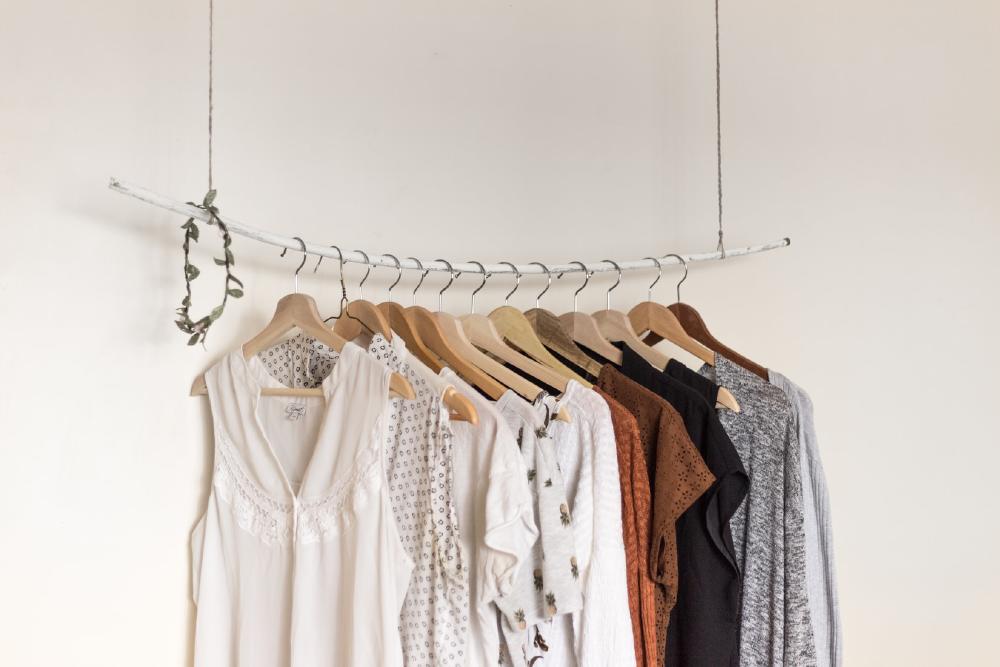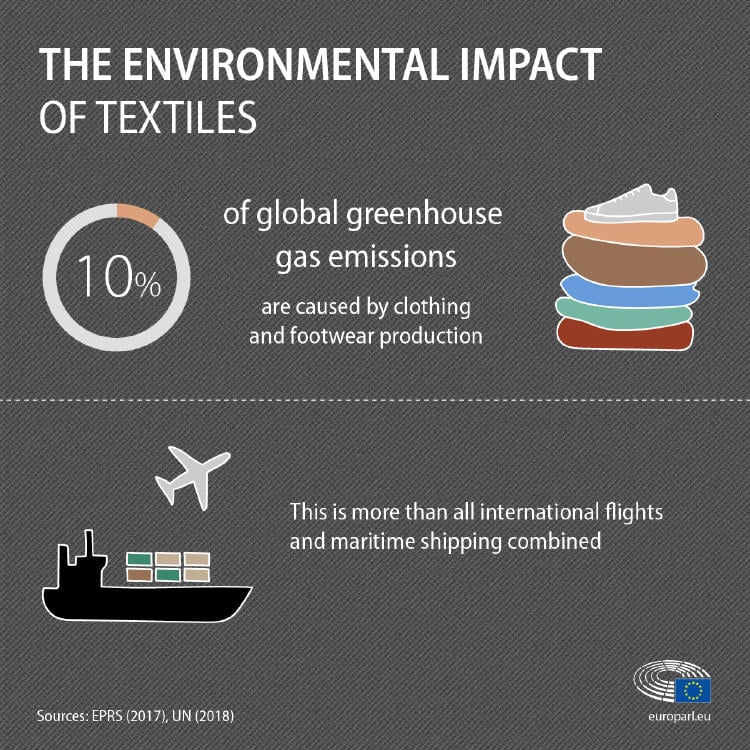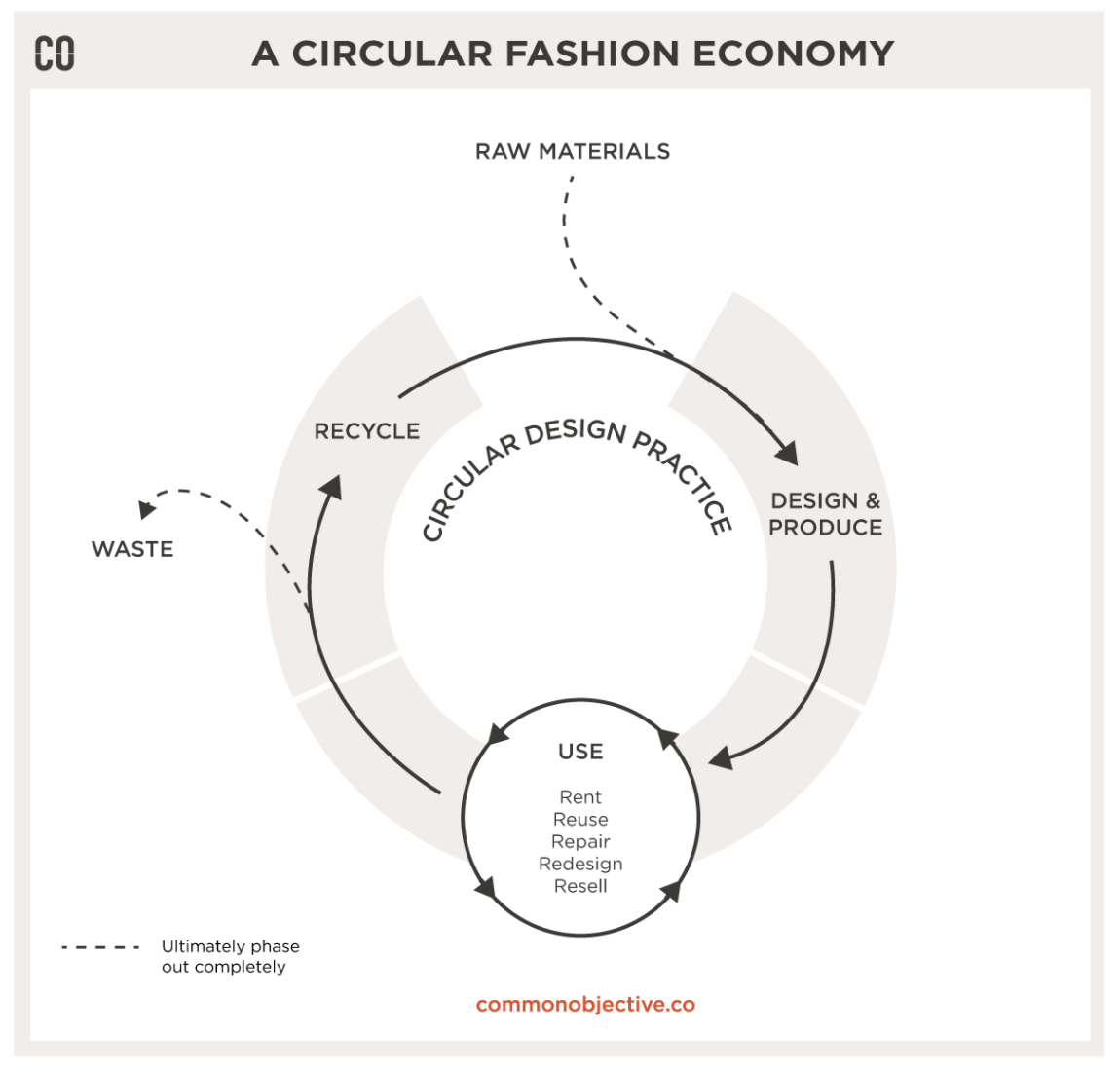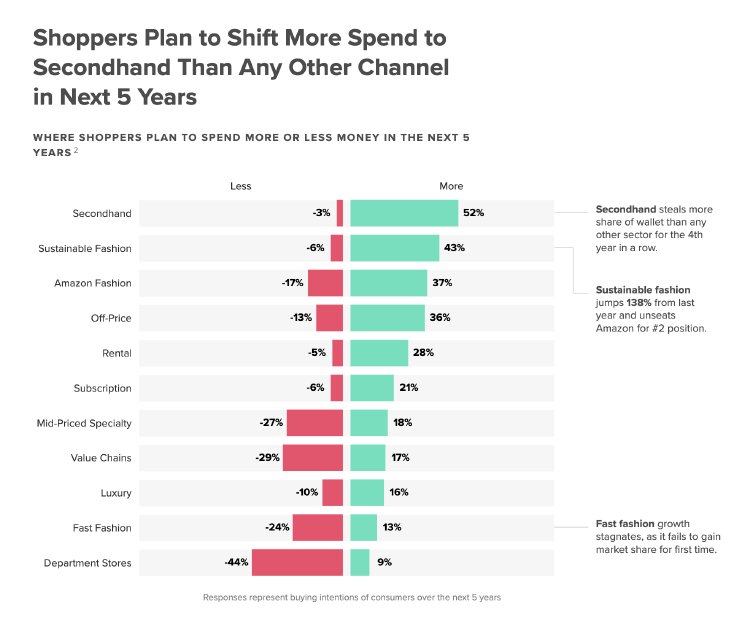
Ethical fashion. Sustainable fashion. Slow fashion. All similar-sounding terms, but are they all the same? In this article we will tackle their definitions, similarities and - most importantly - why you should care about any of this. So, let's find out What is 'Sustainable Fashion', and why is it Important?
“Demand quality not just in the products you buy, but in the life of the person who made it.”
Orsola de Castro, designer and co-founder of Fashion Revolution
Most definitions for this term are centered around the process of sourcing, designing and manufacturing clothes within certain ethical parameters involving social, economic and environmental factors. This means being able to answer questions such as “where does this material come from?”, “how was this piece manufactured?”, “is this material organic or synthetic?”, “who made this item of clothing, and in what conditions?”, and “was the person compensated fairly?”, among others.
However, a broader understanding of the term “sustainable fashion” can also be used to define the ethical and sustainable production of clothing, as well as conscious consumer practices and the circularity of the fashion industry.
Let’s break all of this down.
First of all, what does it mean when we define something as “sustainable”? According to McGill University, sustainability means meeting our own needs without compromising the ability of future generations to meet their own needs.
When analyzing the fashion industry as a whole, it will come as no surprise that there is much work to be done to improve the methods our clothes are sourced, produced and later disposed of in order to be considered remotely sustainable.
The ugly truth behind all the glitz and glamour, beyond the catwalks and photo shoots, is that fashion is responsible for being the second largest polluting industry in the world. Trailing closely behind oil and fuel.

For a better understanding of what the current toll the fashion industry is taking on our society and planet is, be sure to watch The True Cost, an incredible documentary about the realities of this industry. Here is the trailer:
Let’s talk about three main areas where there’s work to be done in the fashion industry to become more sustainable, and what we can do to help.
There is a lot to cover when discussing the conditions in which our clothes are made in traditional fashion, and what’s wrong in it. For context, we can mention the over 1 billion animals that are bred and slaughtered each year for their pelts and fur, or the fact that textile workers can often be forced to work for over 11 hours, for 50 cents an hour, which can cause mass fainting episodes in factories.
Organizations such as Fashion Revolution, the Institute for Positive Fashion and Human Rights Watch have made it their mission to shed light on the (purposefully) obscure and murky world of textile and fashion production. If you’re as appalled as we were when reading these stats (and we haven’t even begun to scratch the surface), we should also highlight the new alternatives that are emerging from other - equally indignant- and committed organizations and individuals.
Vegan clothes are one such alternative, which mean the items have been sourced avoiding all forms of exploitation and cruelty to animals. Clothes that are Fair Trade certified are another way to make sure you’re not inadvertently supporting modern slavery and unethical labor practices. Check this post about it: What Is Fair Trade: Learn How to Fight Fast Fashion
This one is quite the topic, and it links to another buzz term: “fast fashion”. If you’re unfamiliar with what constitutes fast fashion, Good For You describes it as “cheap, trendy clothing” that is produced at breakneck speed, and feeds off the idea that repeating your outfit is a fashion no-no to help amp up global consumerism (think brands like H&M or Zara). Very few people are currently exempt from having one or two (or too many) fast fashion items in their wardrobes, especially given that the price tags on these items are usually incredibly low.
However, blindly paying a few dollars for a cheaply-made pair of jeans is one of the reasons we have a social and environmental crisis on our hands. In the words of Extinction Rebellion Fashion Act Now, “Fashion consumption is set to grow by an additional 63% by 2030”. This will have a massive (and irreversible) impact on climate and ecological breakdown, on a global scale. As consumers we have the power to help reverse these effects by choosing to purchase clothing sustainably.
One way to consume fashion more sustainably is to invest in what is called “slow fashion”. Audrey Stanton sheds some light on this new movement, explaining that slow fashion encourages brands to slower production schedules, create small-batch collections, and zero waste designs, in order to curb the amount of clothes that end up in landfills. To find brands that commit to this mission, check this guide:
An unwanted effect of the incentive to buy more clothes fast and cheaply inherent in fast fashion are staggering textile waste statistics, such as “75% of fashion supply chain material ends up in landfills. Since many items are being produced with low quality methods and materials - which makes them last very little - and consumers are being constantly encouraged to buy more clothes, there’s “the equivalent of one garbage truck of textiles per second” being dumped in a landfill every day.
The thought that immediately comes to mind could be resorting to donating more of your clothes when you’re done loving them, but this is also a problem all on it’s own.
So, how can I help? What can I do?
This is where the concept of circularity becomes incredibly important.
In the words of Common Objective, a circular fashion industry is one in which waste and pollution are designed out, products and materials are kept in use for as long as possible, including reusing and recycling, and where natural systems are regenerated.
Learn more about it here: Circular Economy: A New Paradigm, Much More than Just the 3Rs
_18.51.23.png?imagick=1&size=750)
Upcycling is a growing trend that encourages users to not throw out or donate worn-out clothes, but instead extend the item’s life cycle by refashioning it into a new wearable piece. Though it may sound close to “recycling” the difference is that, in the latter, a piece is broken down into smaller elements to make a new one; whereas you can use a piece whole and transform it through the upcycling process. You can read more about easy ways to jump on the upcycling trend and help reduce textile waste, check this post: Upcycling: A Way To Give Our Stuff A Second Chance.
Let’s face it, there’s always going to be certain pieces of clothing that have seen their day as fashion and are no longer suitable to wear, no matter how much visible mending or glitter we want to throw on it.
One of the fastest growing trends in this industry is second-hand fashion, namely, purchasing pre-worn clothing. By buying a second-hand item, you’re helping to reduce its carbon footprint by up to 80%. Check this article: Second-hand clothing: How to find the ideal thrift store near me.

Another great way to avoid unnecessary purchases and one-occasion only items is to rent your clothes. Rent The Runway has designer pieces available to be yours for the amount of time you’ll need, and once you’re done with the item, it returns to be worn (and enjoyed) by someone else.
If you’re the type that likes to mix up your wardrobe frequently, but hate the thought of contributing to pollution and social injustice, there’s multiple services (like Nuuly) that will make a collection of clothes and send it over on a regular basis, therefore ensuring that your outfits are always fresh (without the associated extra carbon footprint).
First of all, stay informed. Don’t be deceived by greenwashing practices, which are becoming more common as consumers start to realize their power to demand better practices from the businesses they’re buying from.
Second of all, read our next article on how to be part of the solution, towards a world that’s healthy, sustainable and ultimately better to live in: The New Retail. How to Buy Second-Hand Clothes that Fit my Style.